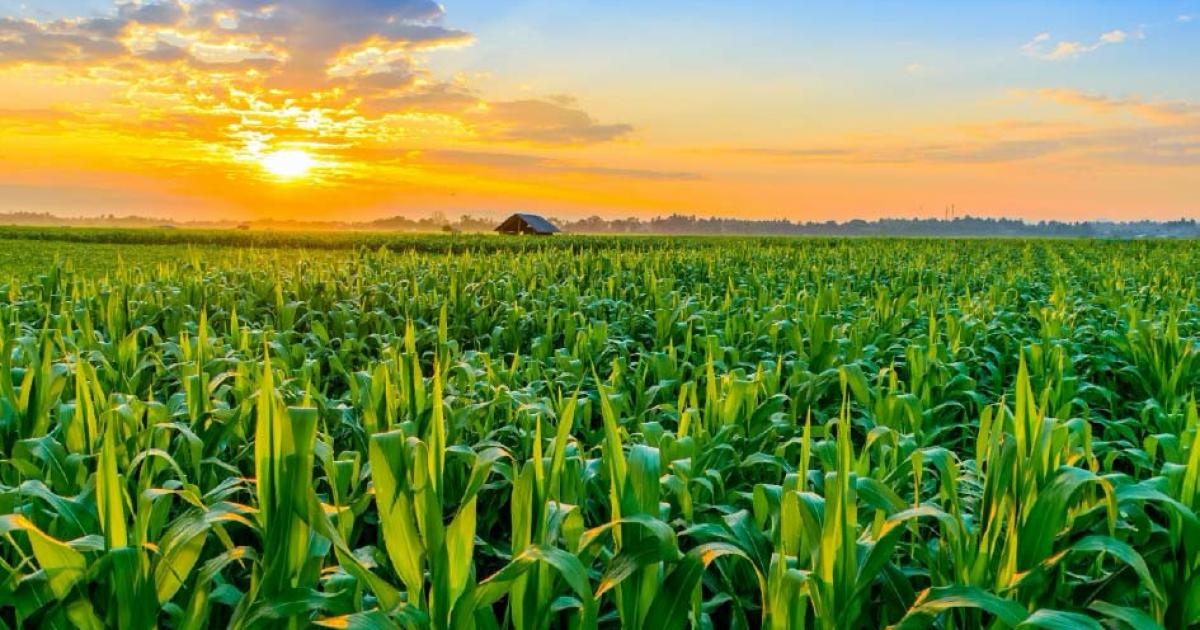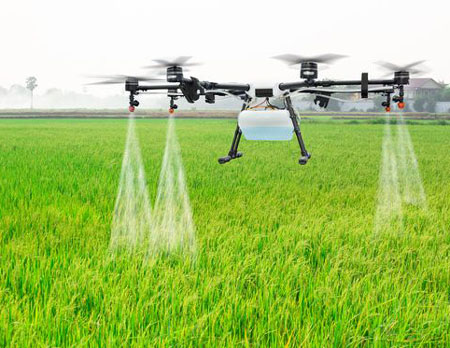Papaya
Black Spot
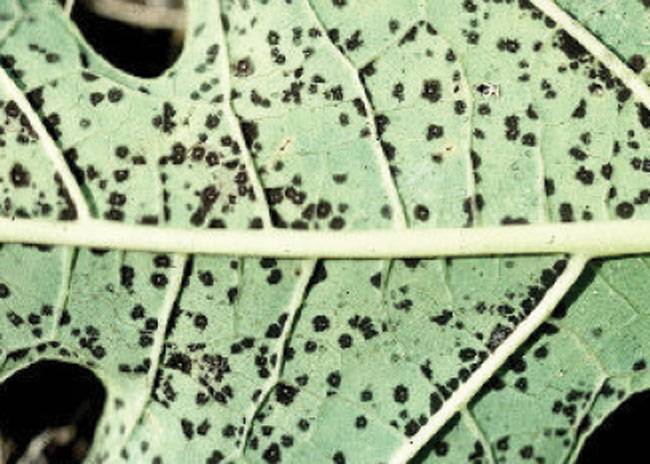
Asperisporium caricae
Fungal Disease
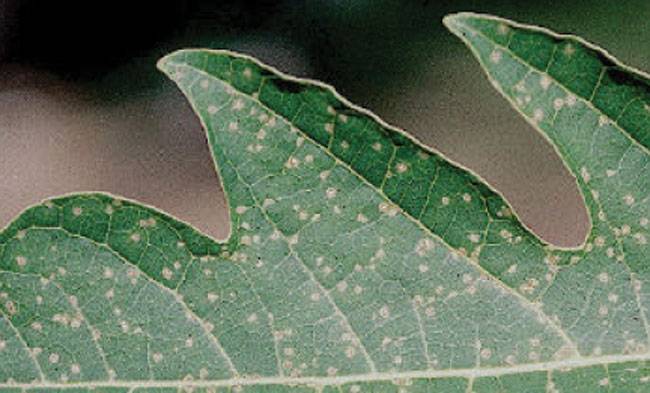
Asperisporium caricae
Fungal Disease

Asperisporium caricae
Fungal Disease
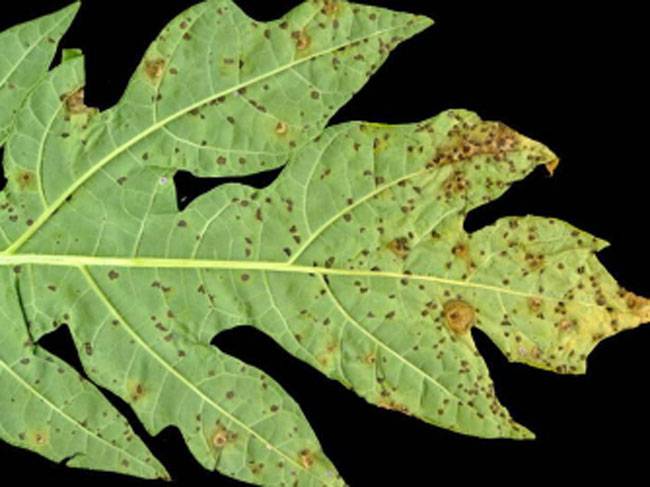
Asperisporium caricae
Fungal Disease
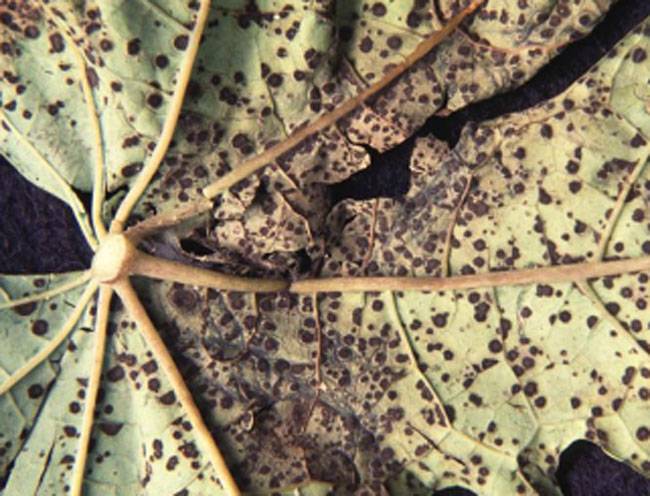
Asperisporium caricae
Fungal Disease

Asperisporium caricae
Fungal Disease
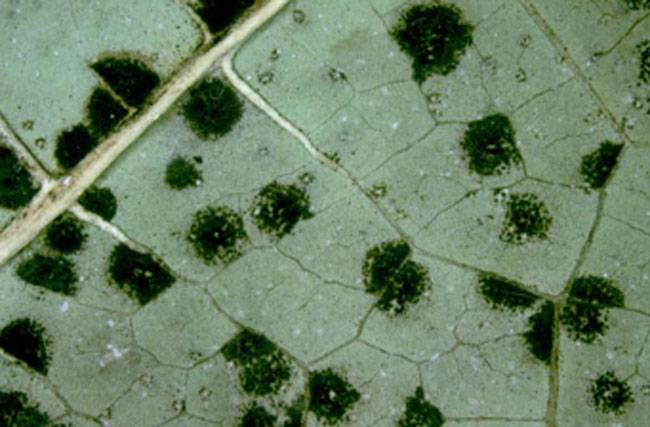
Asperisporium caricae
Fungal Disease
Black spot of papaya, caused by the fungus Asperisporium caricae (formerly Cercospora caricae), is a fungal disease found worldwide in regions where papaya trees are cultivated. Although often considered a minor problem, severe infections can hinder tree growth and significantly reduce fruit yield. Addressing black spot early is essential to minimize its impact, especially during the rainy season when the disease thrives.
Recognizing Black Spot Symptoms
On Leaves
- Initial symptoms appear as small, water-soaked lesions on the upper side of leaves.
- Lesions become pale yellow with dark margins, turning necrotic and whitish over time.
- On the underside of leaves, black pustules (spores) are visible, often covering the entire lesion.
- Severe infections can lead to extensive yellowing, browning, and premature leaf drop.
On Fruit
- Black pustules develop on the fruit’s surface, causing cosmetic damage but not penetrating the flesh.
Favorable Conditions for Black Spot Development
- Humidity: High humidity is a critical factor for the fungal growth and spread.
- Rainfall: Frequent rains enhance spore dispersion and create ideal conditions for infection.
- Temperature: Optimal temperatures for the fungus range between 23°C and 27°C.
Management Strategies
Cultural Practices:
- Ensure proper spacing between trees to improve airflow and reduce humidity.
- Remove and destroy infected leaves and fruit to limit fungal spread.
Chemical Control:
- Apply fungicides labeled for Asperisporium caricae as per recommended schedules.
Monitoring and Early Action:
- Regularly inspect papaya plants, especially during the rainy season, for early signs of the disease.
Photo References
Images of symptoms and lesions, such as black pustules on leaves and fruit, are available from trusted sources like Dr. Jose Liberato (DPI&F) and PlantVillage. These visual aids can help in identifying the disease early for effective management.
By recognizing and addressing black spot promptly, papaya growers can protect their crops from significant losses while ensuring high-quality fruit production.
